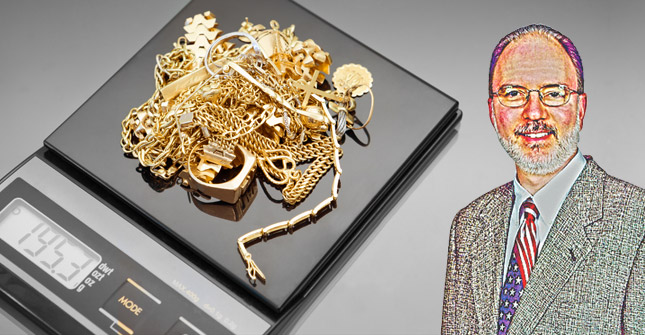On Running Your Shop: Pickup Tricks
Know What you can and can’t do with abandoned repairs.
BY DAVID GELLER

Published in the January 2013 issue.
Every jeweler has repairs no one has bothered to collect. I’ve known jewelers who had them going back to the ’50s! But getting customers to pick up their repairs increases cash flow, and holding onto repairs can actually cost you money. So, let’s look at what to do with old repairs legally as well as from the standpoint of good customer relations.
CONTACT THE CUSTOMER
Your attorney may not even know what the law is in your state. Typically your state attorney general’s office or local sheriff’s office will know what you need to do.
Advertisement
Requirements vary from state to state, and your city or county might have its own ordinances. For the sake of discussion, this is the law in Georgia as I investigated it:
You are required to hold a customer’s piece of jewelry for one year.
After a year you are allowed to sell the customer’s item to regain the repair charge, but before doing so, the customer must be notified.
You must give the customer 10 days notice to pick up the item.
My county said to give the customer notice, all you had to do was to post such notice on the sheriff’s bulletin board (really!). We decided to be nice, and we sent the customer a letter via certified mail with return receipt. If we got the return receipt back and they didn’t come in after 10 days we were legally OK to unload it.
If the customer still did not come in, we saved the job envelope and letter or return receipt forever. In the POS system, we put notes about what we did and where the letter/envelope was being stored and what we did with the jewelry. If we scrapped or sold it, details were added to their history in case the customer ever came back in.
THE GREAT FOREVER
Citing Georgia again, if we repaired a bracelet and we charged the client $50, then we could sell it for $50 even if it was worth $400 to recover our labor costs.
Conversely, if we scrapped it and got $400 for the scrap value, only the $50 we “earned,” was ours to keep. We could deposit the whole $400 but had to keep a record, and if the customer ever came back, we are required to give him back the $350 difference.
If this occurred, we put this information into the POS system in the customer’s history records.
One time a customer came back three years later and was very upset her jewelry was taken apart. But we had sent out “come get your jewelry postcards” every few months, made phone calls and sent the return receipt letter. It’s not like we didn’t try. We gave the customer the difference, as we were obligated to do.
AVOID LATE PICKUPS
Advertisement
For items with little value, insist on prepayment for repair jobs.
We offered all customers a 5 percent discount to prepay.
When we took in a watch for a repair estimate, we usually requested a $20 deposit. We preferred cash because we paper clipped the 20-dollar bill inside the envelope. If he didn’t get the watch repaired, the customer would come back to get his 20 bucks!
Always get name/address/two phone numbers/email address. Don’t just write the customer’s name! You want complete contact info on all job envelopes.
Today with email and text messages, you should be able to keep up with your customers, but it’s still good to know the laws and have a policy for when this sort of thing happens.